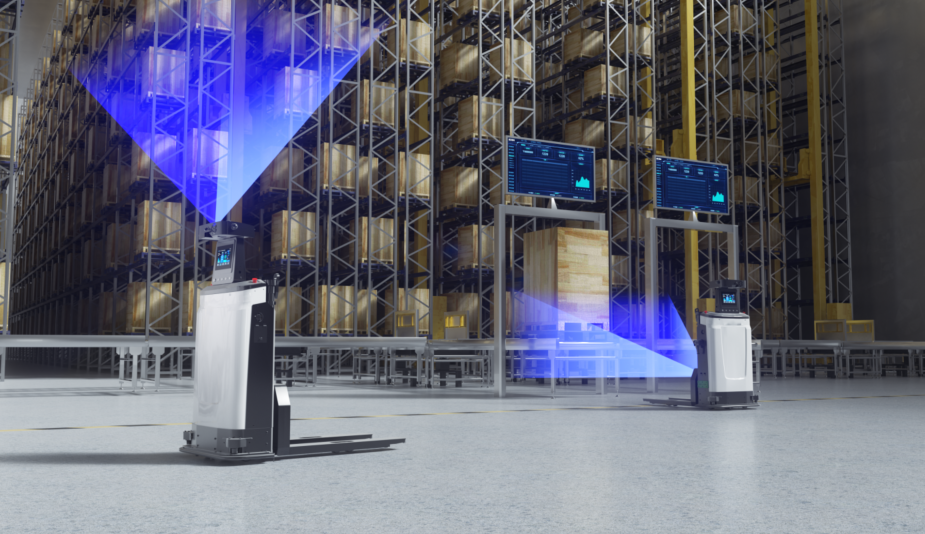
Visual navigation is a technology where a camera captures images of the surrounding environment, processes these images, determines its own position and path, and makes navigation decisions. This post will cover an overview of visual navigation technology, explain how it works, delve into the implementation paths for Visual SLAM, and discuss the advantages and challenges of visual navigation AGVs. Additionally, solutions to these challenges and the increasing applications of visual navigation technology will be explored.
The core of visual navigation systems involves capturing environmental images through cameras and then processing these images using computer vision algorithms to identify features and obstacles. The system calculates its position and movement path based on these features and obstacles, making navigation decisions accordingly. These decisions can control the movement of mobile robots, enabling automatic navigation and obstacle avoidance.
Visual Simultaneous Localization and Mapping is a technique for constructing a map of an environment while simultaneously keeping track of an agent’s location within it. It is a crucial component of visual navigation technology, with three main implementation paths:
For a deeper understanding of visual navigation and its applications in mobile robotics, check out this post on Visual Odometry and Visual SLAM in Mobile Robotics. This article delves into the concepts of visual odometry, its role in mobile robotics, and how it complements Visual Simultaneous Localization and Mapping to enhance navigation accuracy and efficiency.
To explore more about the pros and cons of Automated Guided Vehicles (AGVs) and how they compare to other navigation technologies, you might find this post on Automated Guided Vehicles: Pros and Cons insightful. It provides a comprehensive overview of the benefits and limitations of AGVs, offering valuable insights into their applications and effectiveness in various industrial settings.
©Copyright 2023 Zhejiang MRDVS Technology Co.,Ltd.
浙ICP备2023021387号-1